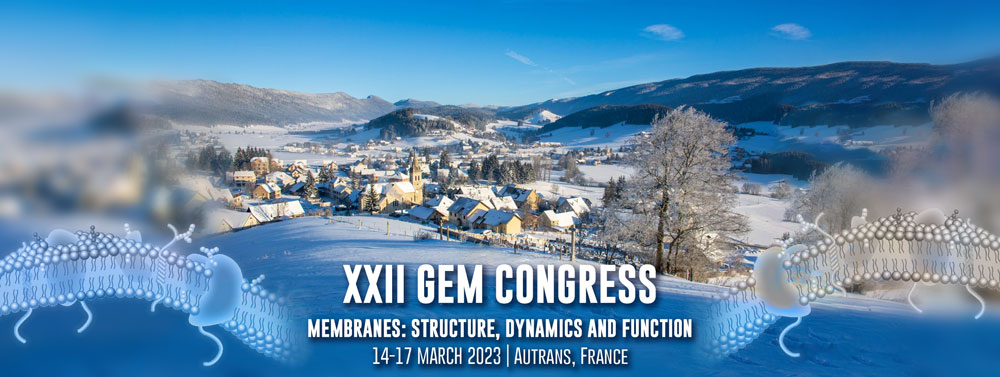Speaker
Description
Nienke Buddelmeijer
Institut Pasteur, Université de Paris, CNRS UMR6047, INSERM U1306, Unité Biologie et Génétique de la Paroi Bactérienne, 25-28 rue du docteur Roux, 75724 Paris cedex 15
The post-translational modification of bacterial lipoproteins is catalyzed by a sequential action of three integral membrane enzymes. Lgt transfers a diacylglyceryl moiety from phospholipid phosphatidylglycerol onto pre-prolipoprotein resulting in the formation of prolipoprotein and glycerol-1-phosphate in the first reaction of the pathway. In proteobacteria this pathway is essential for viability due to the important role of lipoproteins in cell envelope biogenesis and cell shape maintenance. The most abundant protein in E. coli is Lpp, a lipoprotein located in the outer membrane and covalently linked to the cell wall. Mislocalization of Lpp to the cytoplasmic membrane due to inhibition of the lipoprotein modification pathway or depletion of the enzymes leads to cell death when the protein is cross-linked to the cell wall. Small molecules and cyclic peptides have been described as inhibitors targeting lipoprotein modification through signal peptidase II (Lsp) or the lipoprotein outer membrane localization machinery (Lol). Resistance against these compounds is always related to Lpp via compensatory mutations in the promoter or its inability to interact with the cell wall. We showed that Lgt is still essential in the absence of Lpp and that alterations in metabolism occur to compensate for a growth defect when Lgt levels are too low. Lgt is highly conserved in bacteria; even species that lack a cell wall possess the enzyme. The X-ray crystal structure of Lgt from E. coli has been reported and we showed that the overall structure is conserved among Lgt homologues although slight differences could be observed. Our preliminary results from complementation analyses suggest that the periplasmic exposed so-called head domain plays a role in substrate specificity. We hypothesize that Lgt is a promising target for the development of both broad-spectrum and narrow-spectrum novel antibiotics against proteobacteria.
| Session | Host-pathogen interactions |
|---|

